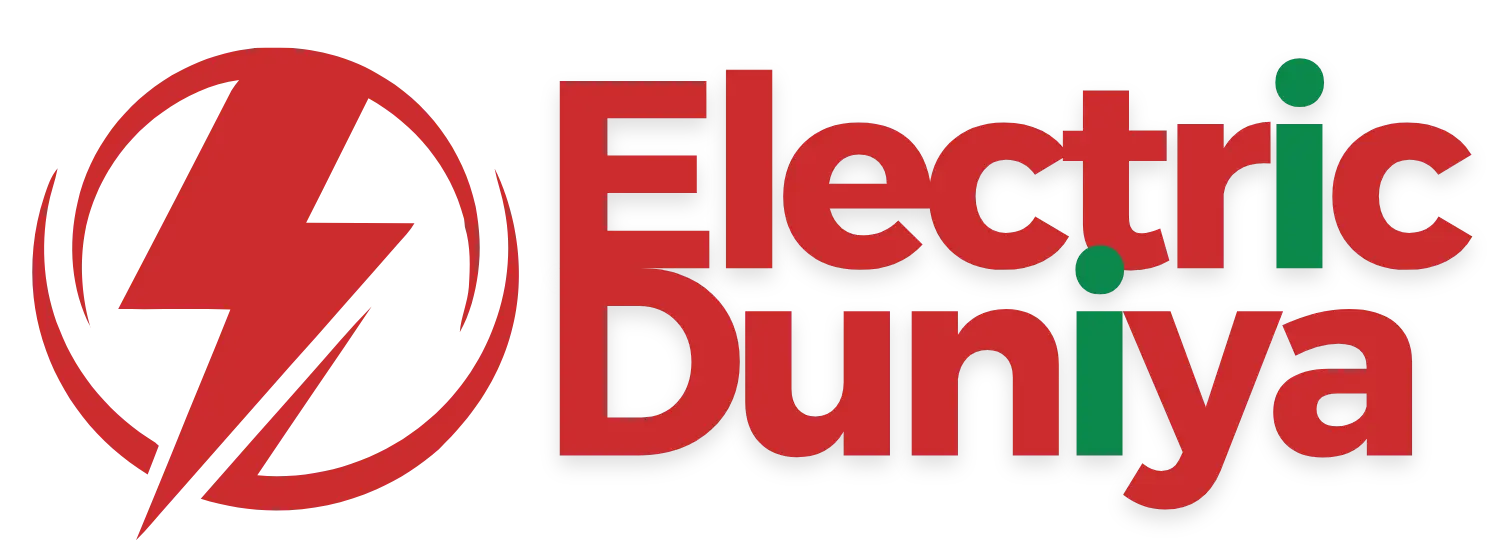Public Charging
Public charging refers to the use of charging stations located in shared or accessible areas—such as highways, parking lots, malls, and workplaces—to recharge electric vehicle (EV) batteries.
Overview
Public charging infrastructure is a cornerstone of EV adoption, enabling drivers to travel beyond the limits of home charging. Unlike private chargers, which are typically installed in residences, public charging stations are strategically placed across cities, highways, and commercial hubs.
These stations are designed to address range anxiety, ensuring drivers have reliable access to electricity when away from home. With the global EV market expanding, public charging networks are evolving to support higher speeds, smarter connectivity, and interoperability across brands.
For electric mobility, public charging is more than just convenience—it is infrastructure that supports mass adoption, energy accessibility, and long-distance EV travel.
How Does It Work?
Public charging operates through a combination of hardware, software, and grid connectivity:
-
Connection – Drivers connect their EVs to a charging station via standardized connectors such as CCS, CHAdeMO, or Type 2.
-
Authentication – Access is typically managed through RFID cards, mobile apps, or plug-and-charge technology.
-
Power Delivery – The station transfers energy from the local grid (or renewable sources) to the vehicle’s battery. Charging speeds vary by level:
-
Level 2 (AC charging) – Common in workplaces and public areas; delivers moderate charging speeds.
-
DC Fast Charging (Level 3) – Found on highways and high-demand corridors; replenishes 80% of a battery in 20–40 minutes.
-
-
Monitoring & Billing – Digital platforms manage energy flow, track consumption, and process payments for users.
This seamless integration ensures that EV drivers can recharge efficiently, whether for daily commuting or cross-country journeys.
Features of Public Charging
-
Accessibility – Available in urban centers, commercial spaces, and along highways to support all driving patterns.
-
Varied Speed Options – From slower overnight AC charging to ultra-fast DC stations for rapid top-ups.
-
Smart Connectivity – Many networks provide mobile apps for station availability, navigation, and digital payment.
-
Interoperability – Compatibility across different EV brands and connectors ensures universal usability.
-
Scalability – Networks can expand with demand, integrating renewable energy sources and smart grid systems.
Applications in EV
Public charging plays a vital role in extending EV usability beyond personal home setups. Key applications include:
-
Long-Distance Travel – DC fast chargers along highways make intercity and interstate journeys practical.
-
Fleet Operations – Shared chargers enable logistics, ride-hailing, and delivery fleets to recharge while on shift.
-
Urban Mobility – Public stations in shopping malls, offices, and residential complexes support city commuters without private parking.
-
Sustainability Initiatives – Integration with solar, wind, or energy storage systems reduces grid pressure and lowers emissions.
Examples include Tesla Supercharger networks, Ionity across Europe, Electrify America in the U.S., and Tata Power’s growing public charging infrastructure in India.
Conclusion
Public charging is the backbone of EV infrastructure, bridging the gap between private charging and large-scale adoption. By providing accessibility, reliability, and speed, it enables EV drivers to travel with confidence, accelerates sustainable transport goals, and builds trust in electric mobility. As networks expand and technology advances, public charging will continue to drive the growth of clean, connected, and efficient transportation ecosystems.

